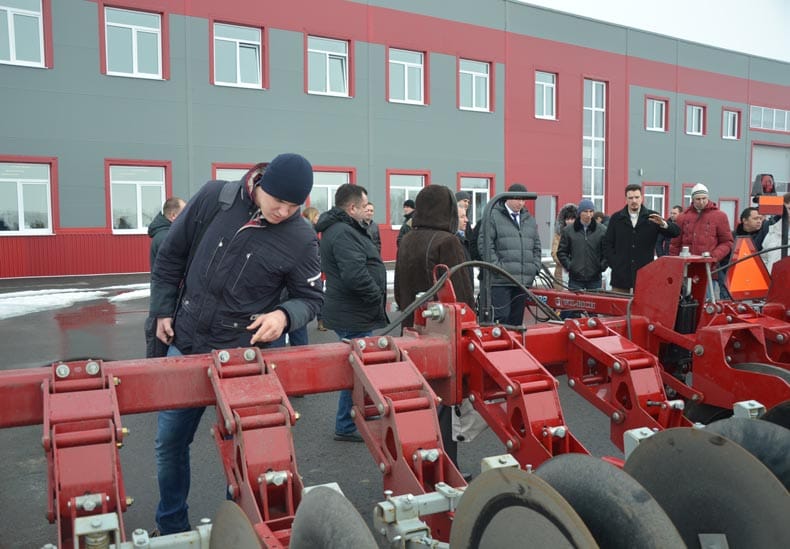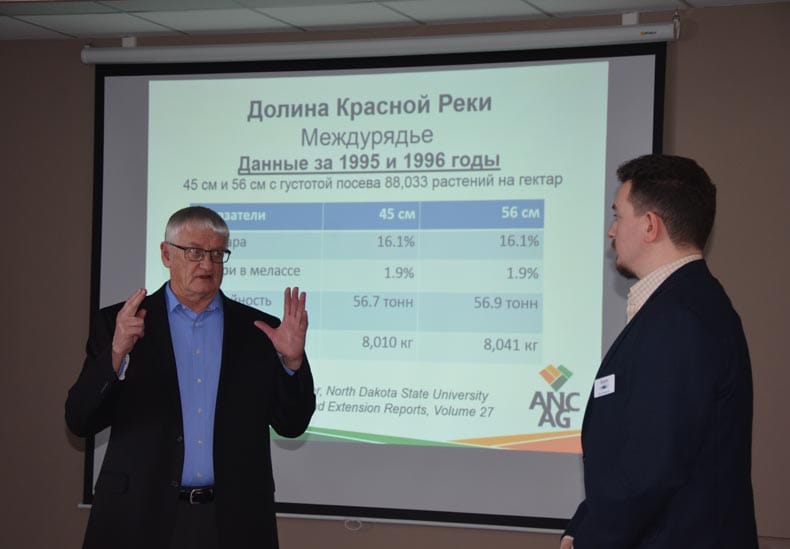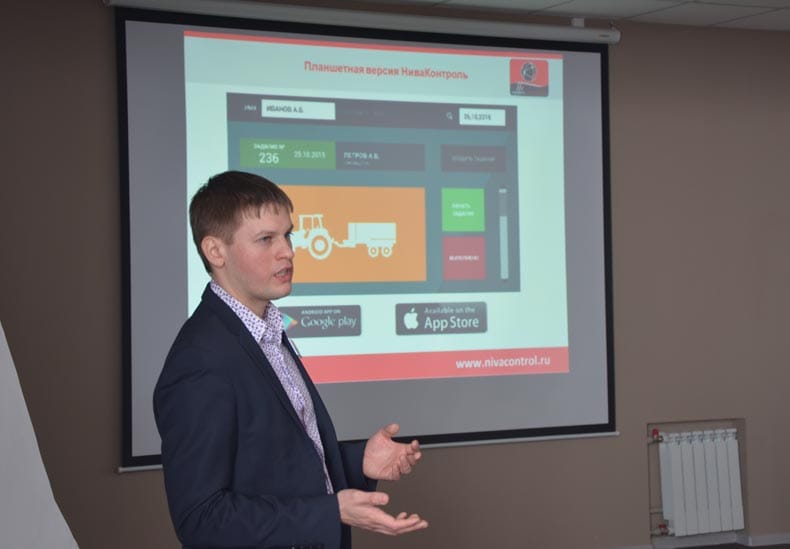Sugar beet is no piece of cake!

Many farmers think that growing sugar beets is no piece of cake. It really is a painstaking, labour-intensive process allowing no mistakes in production technology.
However, this area of activity is one of the most profitable in the farming business. Allan Cattanach, an independent sugar beets growing advisor from the USA, believes that all the labour applied by the farmers can be generously awarded. He has worked as a leading expert of one of the largest cooperatives of sugar beets growers and processors of Minnesota and North Dakota (The Red River Valley) for sixteen years.
This spring, Allan Cattanach came to the dealership centre of AgroCentreLiski for the first time to share his experience with the farmers. There were many people aspiring to learn more about the American sugar beets growing technology: the seminar was attended by 90 participants.
The Guru of sugar beets growing told the guests that the farmers of the cooperative receive, on average, 5.8 tonnes/ha of sugar beets, and the sugar content of the tubers is not less than 18%.

‘The soil composition of the Red River Valley – the region where we work - is very similar to the black soil’, says Allan Cattanach. ‘Therefore, despite certain differences in cropping technologies, there are a lot of common principles. The main principle is that everything – from the choice of seeds and soil tillage practices to storage conditions – must be aimed at preserving the sugar content.’
The American system of sugar beets growing presupposes a 56-cm inter-row spacing, a rapid harvesting and a longer storage than in the traditional technology used by most Russian farms.

The demonstration area of the dealership centre featured Amity Technology tillage machines ideal for soil preparation for further sugar beets growing: row crop cultivators Wil-Rich РТ7722-56 (24 rows, 56 cm spacing) and Wil-Rich РТ7722-45 (24 rows, 45 cm spacing), Amity РТ2224-56 (24 rows, 56 cm spacing).
The dealership centre also demonstrated sugar beets harvesting machinery. The guests showed a keen interest in the Amity 2500 trailed combine (8 rows, 56 cm spacing). Unlike self-propelled machines, it is quite inexpensive, but in terms of efficiency, it is not any worse. The combine gently harvests and cleans the tubers and ‘is used to’ severe operation conditions. The combine’s fellow-worker, the Amity 3550 defoliator (8 rows, 56 cm spacing providing optimal cutting length) was also displayed at the demonstration area.
The participants of the seminar had a chance to assess the new Amity sugar beet cart as well. The volume of the cart exceeds 50 m³, which, allows the sugar beet harvester to work non-stop increasing the efficiency even in the most complicated harvesting conditions. This machine was even more interesting to the sugar beets producers considering that they are planning to stop using the traditional KAMAZes which hold two times less sugar beets and damage the soil surface severely.
Aleksandr Retinsky, Subdivision Manager of Agrofirma Trio LLC (Lipetsk oblast):
‘We have adopted the American technology because we wanted to extend the operation of our sugar beet plant up to 200-250 days. This requires a longer storage of the beets, and the harvesting should be as fast as possible. We are very happy with the 12-row trailed combines, we have six of those. Also, we have the same number of defoliators. Each machine harvests 70 ha per day. We have compared their efficiency with self-propelled machines – Amity harvesters do 15-20% more. This is simple and reliable machinery for any operation conditions. When other combines are idling, Amity machines are working.’